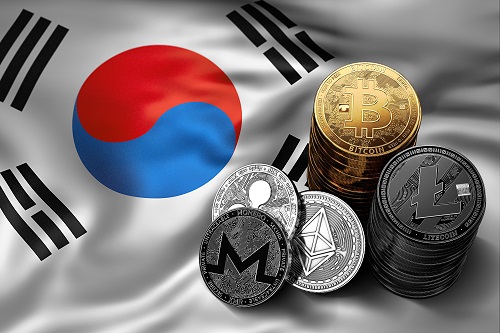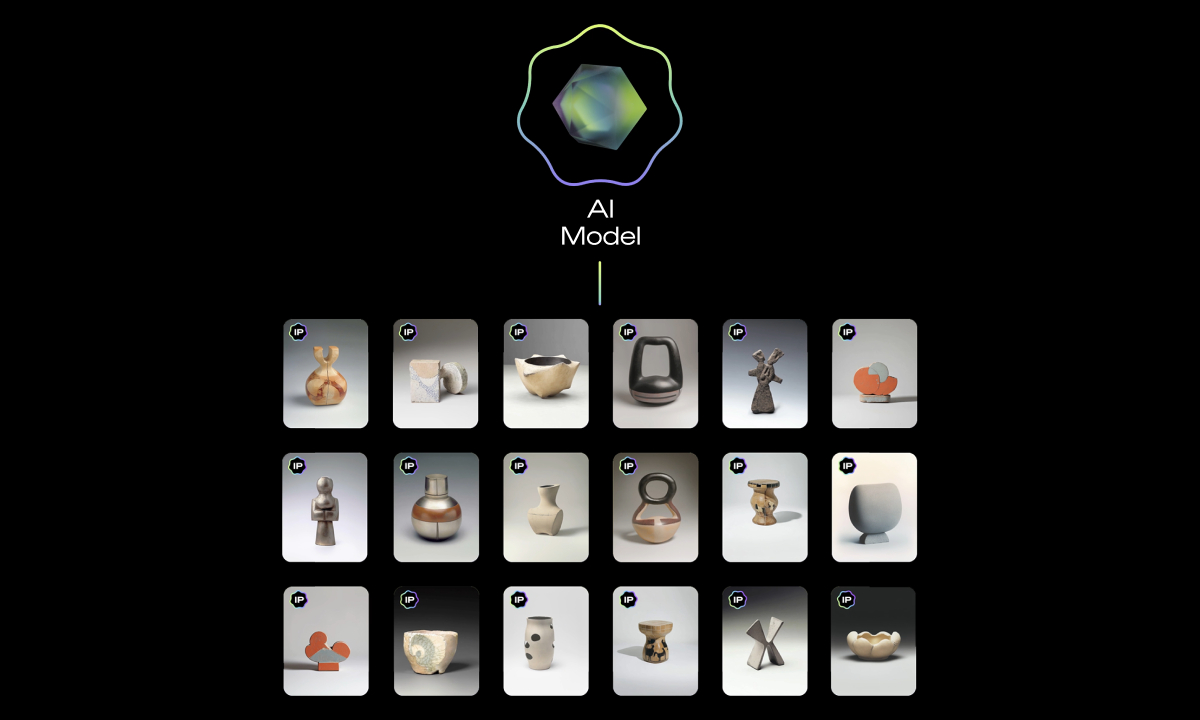
- Over 30% of South Koreans now invest in crypto, with 15.59M holders in November.
- Crypto trading volume in South Korea now rivals stock markets, with daily trades hitting 14.9 trillion won.
- iDEGEN, an AI-powered coin that has raised $8.7M in its ongoing presale, is capturing investors’ attention.
According to a recent report, South Korea’s cryptocurrency market is booming, with over 30% of the population now investing in digital assets. The number of crypto holders recently surpassed 15 million, fueled by optimism following Donald Trump’s US presidential election victory.
Amid this surge, a new cryptocurrency, iDEGEN, has captured the attention of investors, thanks to its innovative pricing model and AI integration. Here’s a closer look at the trends reshaping the market.
South Korea’s cryptocurrency boom: facts and figures
According to data from the Bank of Korea, over 15.59 million individuals in South Korea held crypto assets by the end of November 2024, marking an increase of 610,000 investors from the previous month.
This rise coincided with a broader market surge, partly attributed to renewed optimism following the US election results.
With a population of approximately 51.7 million, this means more than 30% of South Koreans are now engaged in the crypto market.
This data was gathered under the Virtual Asset User Protection Act, which went into effect in July 2024. This act mandates that exchanges safeguard users’ assets, ensuring transparency and fostering trust in the digital currency ecosystem.
Key metrics underline this explosive growth. Among them, the total crypto holdings surged to 102.6 trillion won (around $78 billion) in November, a sharp rise from 58 trillion won in October. Average holdings per person also climbed to 6.58 million won, while deposits on exchanges nearly doubled, reaching 8.8 trillion won.
Trading activity has been equally impressive, with daily transaction volumes on the country’s top five exchanges—Upbit, Bithumb, Coinone, Korbit, and Gopax—hitting 14.9 trillion won rivalling South Korea’s stock markets.
The rise in Bitcoin (BTC) prices also played a pivotal role in this boom. By November’s end, Bitcoin’s price had jumped from 105 million won to 135.8 million won, attracting new investors and boosting confidence in the market’s potential.
Amid South Korea’s crypto affinity, this memecoin has been making waves
While established cryptocurrencies like Bitcoin (BTC) and Ethereum (ETH) dominate headlines, a newcomer, iDEGEN (IDGN), has emerged as a compelling option for investors seeking high-growth opportunities.
Launched in November 2024, this AI-powered meme coin has raised over $8.9 million in its ongoing presale and has sold over 1.1 billion IDGN tokens, generating significant buzz within the crypto community.
What sets iDEGEN apart is its dynamic presale pricing model, a feature rarely seen in traditional token launches.
The coin’s price adjusts every five minutes based on market activity—rising by 5% with consecutive purchases and dropping by 5% during periods of inactivity. This mechanism not only incentivizes engagement but also introduces a level of unpredictability, making the coin particularly appealing to adventurous investors.
In addition, iDEGEN integrates artificial intelligence (AI), which further enhances its appeal. The project’s AI leverages community feedback on X (formerly Twitter) to refine its development and utility. This adaptive approach signals that iDEGEN is more than just another meme coin; it’s a project with potential for long-term growth and real-world application.
With the presale set to conclude on January 1, 2025, with an expected listing price 10% higher than the final presale price, early adopters stand to gain significantly.
As innovative projects like iDEGEN capture investor attention, the future of South Korea’s crypto landscape looks increasingly vibrant and promising.








